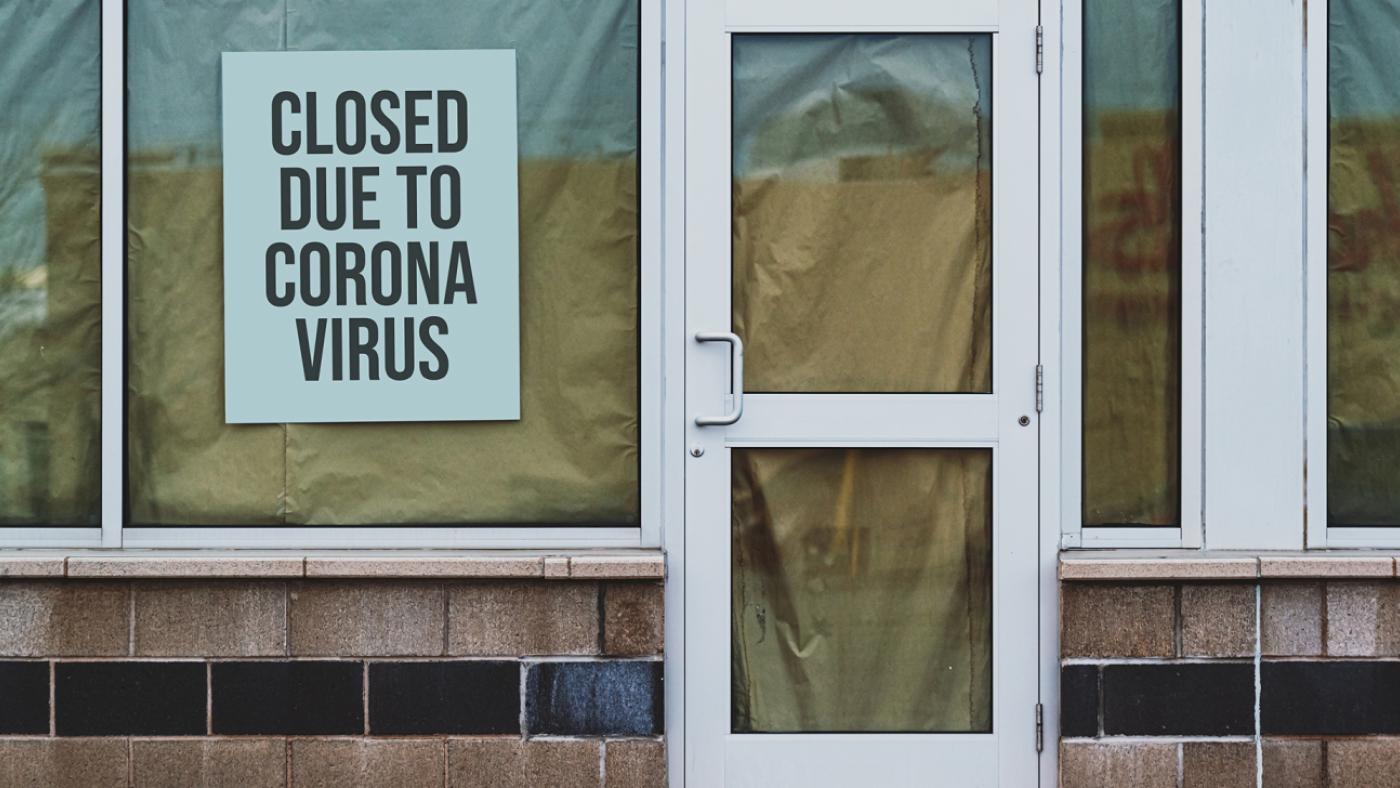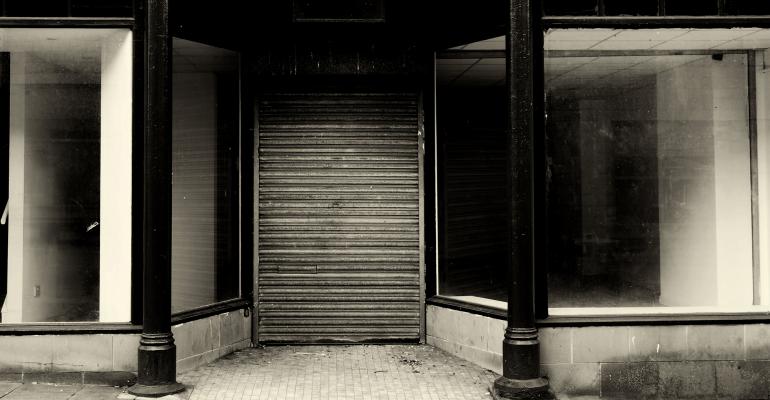On a scale of one to 10, with 10 being the most attractive, retail scored 4.3 in this year’s survey, down from 5.5 a year ago. It was the second lowest scoring sector after hospitality, which came in at 3.4. That put it below other core commercial real estate property types like office (4.6), multifamily (7.3) and industrial (7.7), but also beneath some secondary property types we added to this year’s survey. These included data centers (7.6), medical office buildings (7.1), single-family rental properties (7.0), self-storage (6.7), seniors housing (6.4) and student housing (4.9).
We also asked respondents to rank retail subtypes based on their potential to deliver the highest yields. Single-tenant net lease assets topped the list, as it did last year. But on a scale of one to five its score was just 3.12 (down from 3.50 a year ago). That subsector was followed by neighborhoods centers (2.92), community centers (2.69), outlet centers (2.53), power centers (2.48), lifestyle centers (2.47), urban retail (2.35) and regional malls (1.80).
Additionally, in two new questions, respondents were asked to rate the overall outlooks by asset quality and by retail sub-property type. Not surprisingly, sentiment favors class-A properties, where 70 percent of respondents said the outlook was “good,” “very good” or “excellent.” That is in contrast with 46 percent who answered that way for class-B assets and only 31 percent for class-C assets.
By sub-property type, the answers mirrored the responses to the yield question, with single-tenant net lease assets topping the list (65 percent rated the outlook as “good” or better) and regional malls finishing at the bottom (just 16 percent said the outlook is “good” or better). Neighborhood centers and community centers were the only two sub-property types aside from net lease assets to have more than 50 percent of respondents rating their outlooks as “good” or better (64 percent and 59 percent, respectively).


